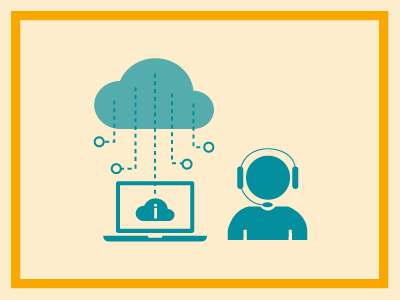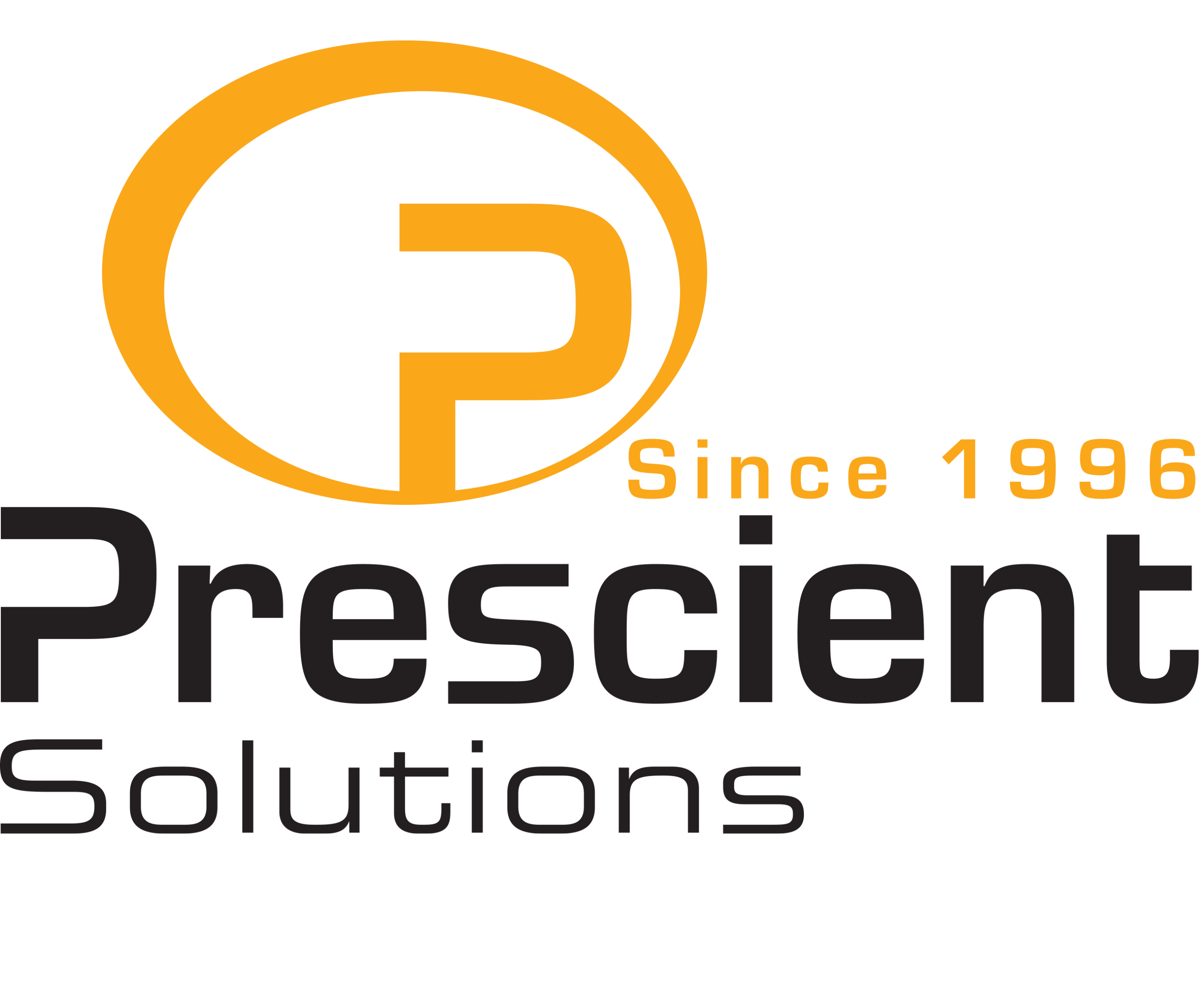IT help desk and service desk are two different services. It is important to note that both can improve businesses in terms of their IT infrastructure. Below, the article will look at the wonderful evolution of IT help desk, and how it has become a key aspect of all IT solutions. Both help desk and service desk have a very important place in the world of IT.
Help Desk IT origins
To trace back the emergence of a help desk, you have to go back to the time of the earliest onset of change in the world of business. This was a time in which people were becoming more dependent on technology, and people were using it to do their job every day. Inevitably, this technology would come across disruptions and breakages that were beyond the scope of understanding for the average person. This meant that the public needed help in getting the technology working again so that business would continue.
In the beginning, the landscapes of the devices were different. Printers and personal computer malfunction were the first elements that a help desk needed to look over in an enterprise. The help desk was a collection of a few IT experts that helped people when something would not be working properly. This is also the origins of the break and fix model.
The earliest help desk focus was largely based around breaking and fixing. When something would break, workers would call for help and an expert would get the machine working again. This particular focus was not due to shortsightedness, but because of necessity. As technology started to play a bigger role in business, this help desk mechanism became more structured.
A Timeless Necessity
In the 80s and 90s, the help desk started to gain an important place in the IT organization. Technology evolution overall has never stopped, and even today, it keeps on evolving. However, IT help desk has remained timeless over the years, serving as crucial elements of a business’s IT infrastructure. In the early 2000s, people began to experience an increase in the range of services that help desk offered.
There were also best practices which emerged for the help desk, along with structure towards some processes. For instance, there was a need for problem management and change management. Therefore, you began to see an expansion of the services in the scope of the help desk. There was also the delivery of additional services such as service requests and early versions of service catalogs.
This led to the expansion in the services and scope of the help desk, along with the delivery of additional services. This is a time where you can trace the emergence of the service desk, which was heavily influenced by the increasing adoption of services. Today, the help desk and service desk is used interchangeably and it also makes more of an impact for a business. The modern form of help desk takes shape in the form of Cloud Based Help desks.
Cloud based help desks are much more advantageous than on-premise help desks. It helps businesses deploy strategies quicker, and it also lives up to the modern standards of security and virtualization. Below, the article will discuss its key benefits and how it sets apart from on-premise help desk.
Cloud Based Help Desk Advantages
A cloud based solution for incorporating a service desk presents incredible amount of benefits for a company. With the help of cloud services, businesses can get up and running very quickly with the help of a web-based self service front end that you can distribute to your users. It also allows you to have a very robust knowledge base. This is only one set of way in which you can be proactive in helping your user community with a cloud based solution.
Easy to Implement
The other benefit involves the speed of being able to offer this. The simple point and click rules development is made possible in this solution. Adapting to a cloud based help desk is much easier and requires no additional programming requirement. This modern help desk solution allows businesses to partner with highly skilled technicians that truly understand your business process.
ROI
If they understand how your business process flows, they can then leverage this solution to make into your work environment. Not to mention, businesses that have been quick to adopt this system have experienced significant return on investments as well.
This is significant because you are up and running very quickly and you no longer have to worry about upgrades, patches and fixes. The technician looking over the cloud infrastructure is responsible for all the bug fixes, errors and security. This helps business focus on the more important solutions of business without occupying their schedule with IT matters.
Cost Benefits
It is also the more cost-efficient solution for businesses, as it allows them to only pay as you go. This means that you only have to pay for the services that you utilize. In other words, you do not have to commit to a monthly payment option of a fixed amount. Since the self service is not a paid, it makes it very easy to deploy this solution out to a large number of end-users.
They can quickly start leveraging from what is available through a cloud based solution, including the help desk service. A cloud solution is a proven method that enforces disaster recovery, highly integrated assistance, and an efficient infrastructure. There are thousands of companies that use cloud based help desks today, so that they can initiate a more flexible and cost-efficient work model.
Get a Cloud Based Help Desk Integration Today
Partnering with Prescient Solutions means that you can endorse all solutions that a cloud based platform has to offer, including the help desk. A cloud based solution helps you leverage from all the collaboration tools as well.
Sharing and collaboration aspects are in full flow when you partner with Prescient Solutions. In addition, your business will also get to incorporate modern tactics to the work flow that have incredible industry compliance. Fill the online form to get in contact with a representative.
Download our guide to help desk problems and resolutions here.


